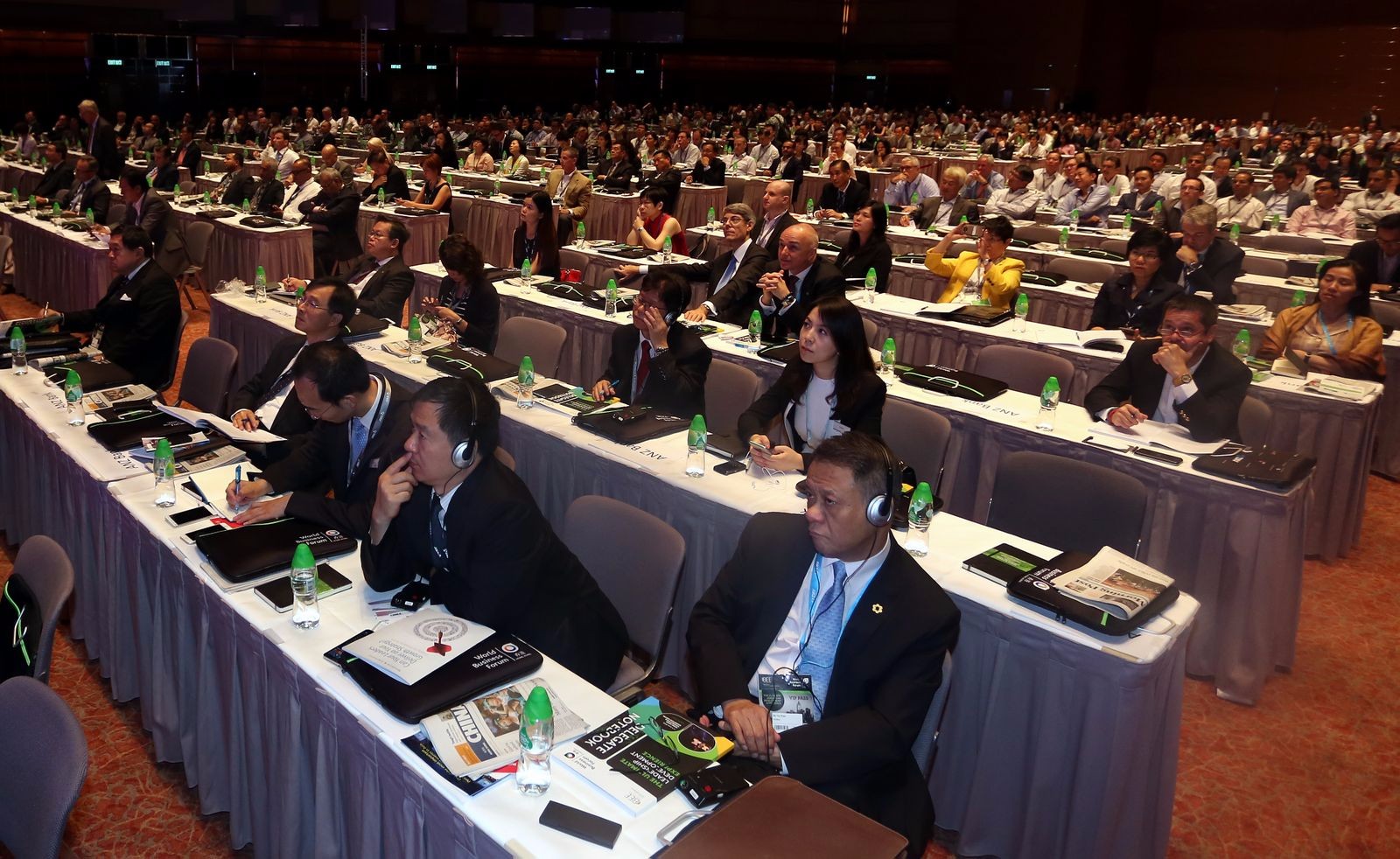2015-06-05
Oswald Chan

Global businesses must adopt the “Four-As” strategy (adapt, absorb, acquire and attack) to compete in a fiercely competitive market unleashed by digital technology, Mohanbir Sawhney, director of the Center for Research in Technology and Innovation at the Kellogg School of Management, told the first-ever World Business Forum in Hong Kong on Wednesday. Speaking on the second day of the forum, Sawhney, a globally-recognized scholar, teacher and consultant on strategic marketing, business innovation and new media, highlighted an increasingly hyper-connected world, with people, information, things and infrastructure linked by a broadband network, transforming work, life and business. He said the Internet, mobile and desktop are the agents of this hyper-connectivity. “This hyper-connectivity will transform the industries of discretionary manufacturing, process manufacturing, utilities, healthcare, consumer, transportation and retail.” Sawhney cited the example of Connected Fitness for its “seamless connection of equipment, sensors, applications and devices to provide an interactive and personalized experience for fitness service customers”. This seamless connection, he said, will improve the efficiency and profitability for facility operators. He said hyper-connectivity has transformed global businesses by bringing in more innovative competitors, changing the nature of business and intensifying the channel disintermediation process; and described how hyper-connectivity affects businesses as digital disruption. Sawhney cited Uber — a technology company that operates a popular business app to connect riders and drivers — saying the company has completely transformed the transportation industry forever. However, he called Uber a “disruptive entrant” because its innovative and tailor-made transportation services have changed the rules of the game in the industry. But, as far as driver selection and contact, waiting time, taxi cost and payment methods are concerned, Uber has given consumers unrivaled freedom in making choices. The second change unleashed by hyper-connectivity is that consumer products are no longer tangible ones, but rather they have become software to provide seamless services. “US premium electric-car manufacturer Tesla ... has devised apps to transform the car to become a connected appliance and the apps will be updated to enhance customer experience,” Sawhney said. He urged global businesses to adopt the “Four-As” strategy to deal with digital disruption. “Adapting, that is leaning the business model of the competitors, is the easiest way to deal with market competition. Businesses can leverage their unique endowments such as balance sheets, sales channels, marketing techniques and business staff as privileged assets to compete. “Business should also learn to absorb — to integrate digital technology with their physical shops. They should leverage social media for in-store sales promotion, link online commerce with retail stores and design digitally-enhanced physical brand experiences,” he added. Companies can also consider acquiring other technology-savvy firms to bolster their digital capabilities to compete. “The most difficult strategy is disruption. This is because firms have to create their own e-commerce business models that can attack the competitors. Companies have to make sure that their assets and brand can be capitalized to create a business model that other competitors cannot copy,” Sawhney envisaged. Source: http://www.chinadailyasia.com/hknews/2015-06/04/content_15272381.html